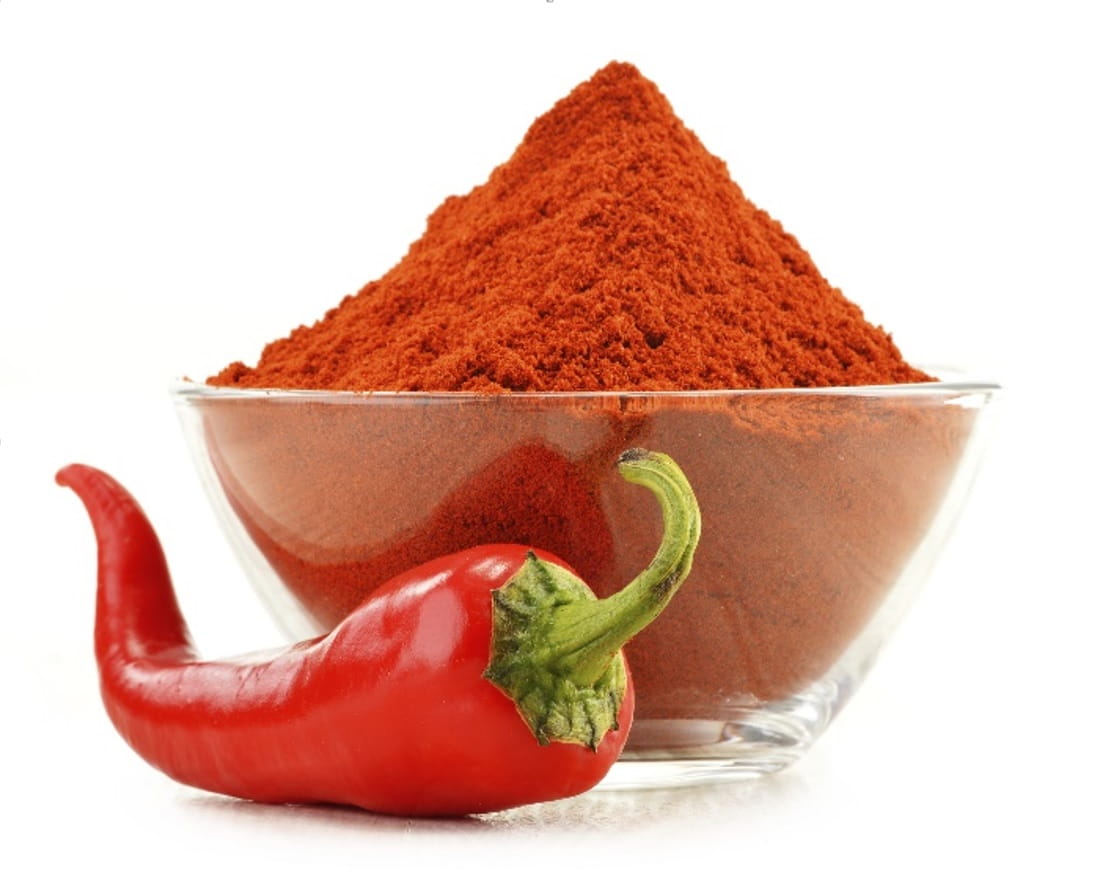November, 2024
Nutrition Education in Primary Care: Comparing Video vs Handout InterventionsReview Paper on Red Pepper and Energy Balance
Ludy M, Moore G, and Mattes R

January 2012-- Researchers from Purdue University and Bowling Green State University analyzed the metabolic effects of capsaicin and capsiate, active compounds found in red pepper, chili pepper, and other pungent spices. Link to abstract and full text.
Overview
Consuming spicy foods containing capsaicin, an active compound in red pepper, chili pepper, and other pungent spices, reportedly promotes negative energy balance. This review looks at the evidence of both capsaicin and capsiate on thermogenesis, and appetite when consumed in foods and in supplemental form.
Methods
Seventeen studies were evaluated for their effects on thermogenesis and appetite. Meta-analyses were performed on thermogenic outcomes, and a systematic review was conducted for both thermogenesis and appetite.
Conclusions
The evidence indicates that both capsaicin and capsiate increase energy expenditure and enhance fat oxidation. The review also suggests that capsaicin and capsiate may suppress appetite by a small amount. Thus, including capsaicin and capsiate containing foods in the diet may play a small role in maintaining weight management in healthy individuals.






